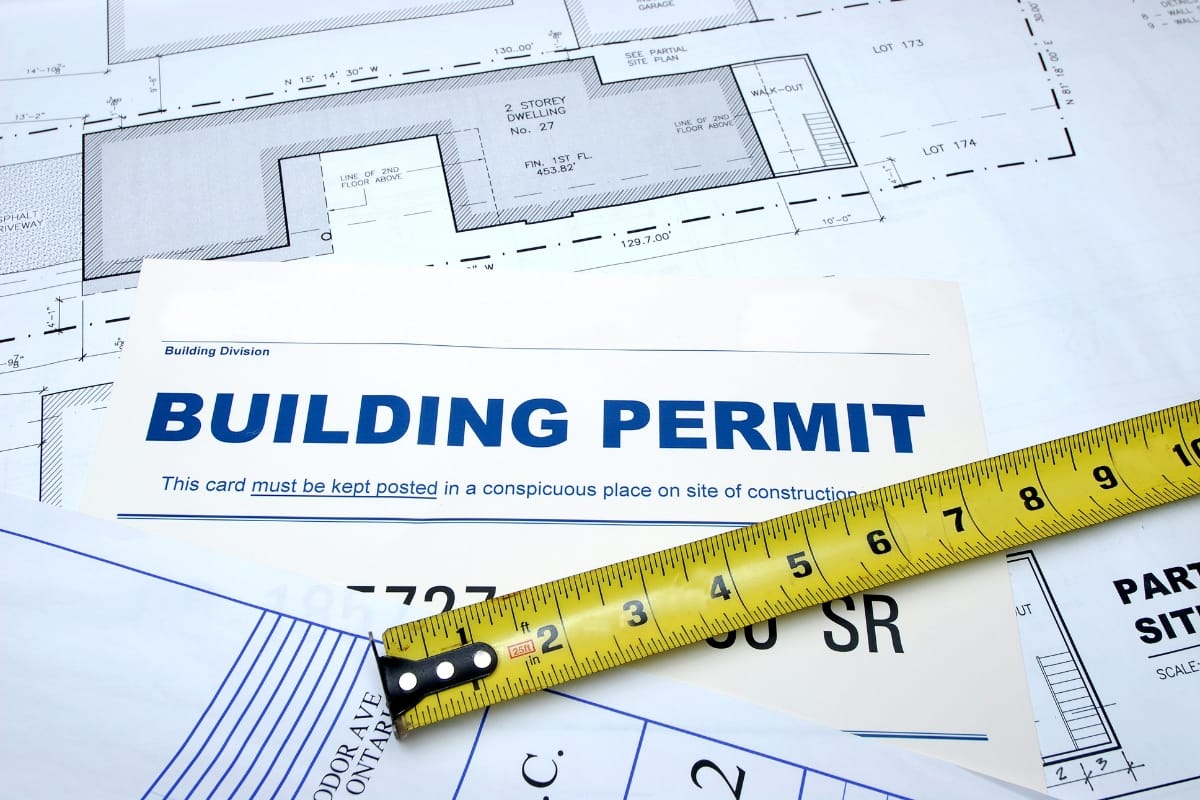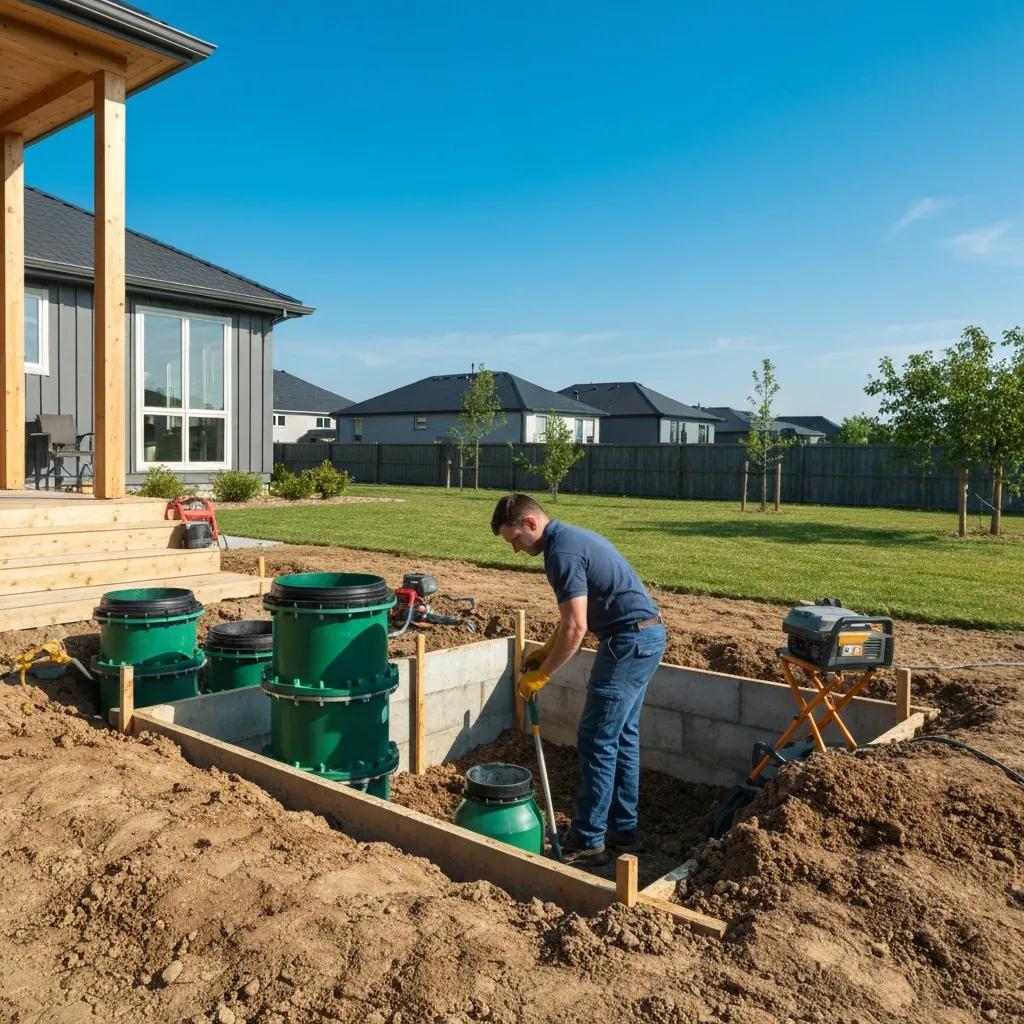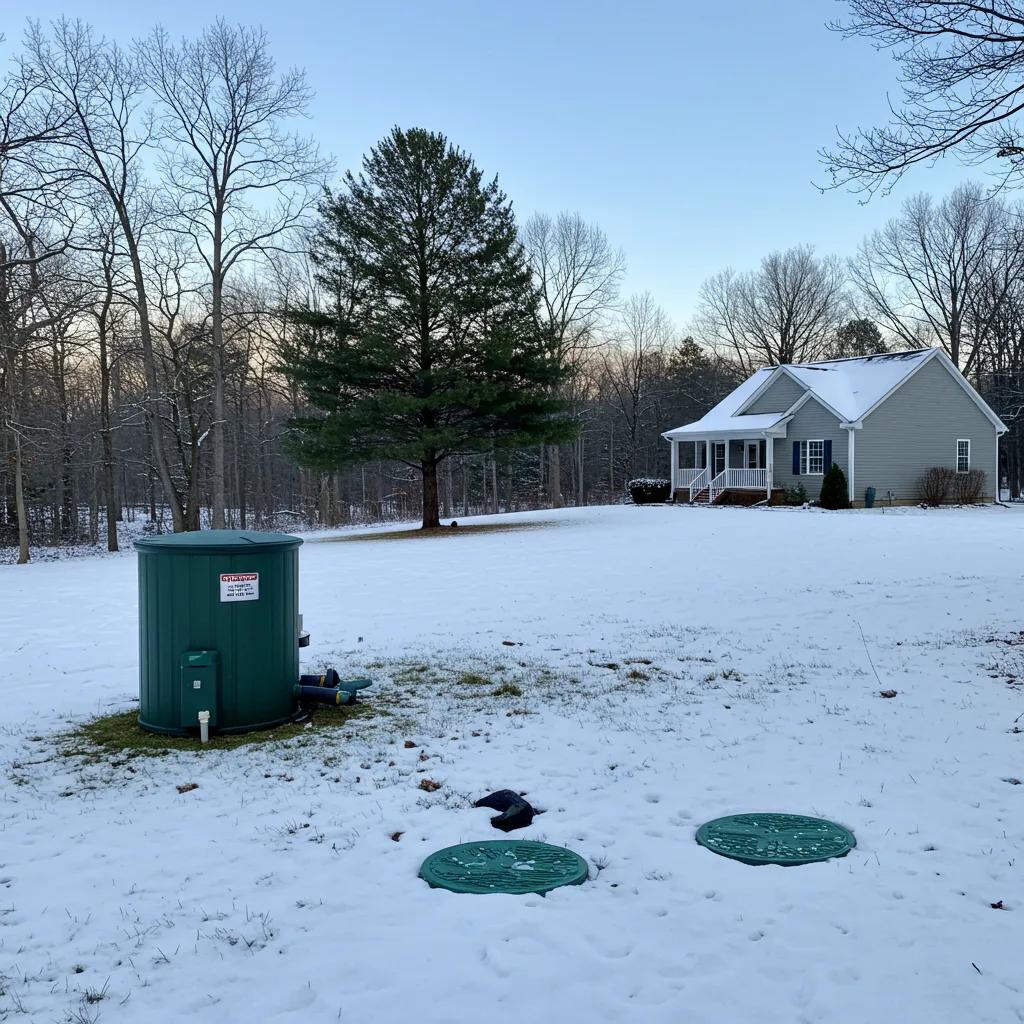Locating your septic system is essential for proper maintenance and avoiding potential issues, but it can often be a daunting task, especially if you’re unfamiliar with your property’s layout. Knowing where your system is located helps ensure that you can keep it in good working order and prevent costly repairs or environmental hazards.
In this guide, we’ll walk you through expert tips and techniques to find your septic system like a pro. From understanding property records and identifying visual clues to using specialized tools and consulting with professionals, you’ll learn how to accurately locate your system and keep it running smoothly.
Whether you’re a new homeowner or simply looking to better understand your property, get ready to master the art of how to find septic system on property and maintenance.
How to Find Your Septic Tank: A Step-by-Step Guide
Reviewing Property Documentation and Permits

When reviewing property documentation and permits, understanding how to locate septic tanks on a property can be crucial. Proper documentation and permits often contain vital information about the location and specifications of the septic system. This knowledge can help homeowners, real estate agents, or property developers make informed decisions and avoid potential issues in the future.
One key section of property documentation to look for when trying to locate a septic system is the site plan or survey. This document usually outlines the layout of the property, including the placement of key features like the house, driveway, and system. Look for symbols or labels that indicate the septic system’s location, such as a small tank icon or specific measurements from the house.
Permits related to the septic system installation or maintenance are also valuable sources of information. These permits typically detail the approved design, installation date, and any relevant inspections. By reviewing these permits, property owners can confirm the system’s compliance with local regulations and ensure its proper functioning.
Utilizing Property Maps and Blueprints

When you have access to property maps or blueprints, these documents can make it easy to figure out where your septic tank is located.
These detailed records often include essential information such as the layout of your land, the placement of structures, and, importantly, the location of underground utilities, including septic systems. Typically, blueprints or maps will have labels or symbols indicating the septic tank, drainfield, and other related components.
To effectively use these resources, start by identifying key landmarks on your property, such as the house, driveway, or significant trees, and match them to the corresponding features on the map. Look for labels like “septic tank” or “drainfield” or any symbols representing these components. By cross-referencing these with the physical layout of your property, you can narrow down the potential locations of your septic system with greater accuracy.
It’s important to note that the age of your property might affect the availability and accuracy of these documents. For older properties, septic system drawings or blueprints may not exist, or the septic system may have been altered over time without updates to the documentation.
In such cases, you might need to supplement your search with other techniques, such as consulting with previous owners, checking for visual signs like cleanout ports, or enlisting the help of a professional with specialized equipment. These steps can ensure you accurately locate your septic system, helping you maintain and manage it effectively.
Observing Visual Clues Above Ground

In some instances, you may be able to identify visual clues above ground that indicate the presence of a septic system. Start by examining the area around your house for any signs of disturbance in the soil or unusual patches of grass. These may indicate a sign of your septic tank lid or the sewer line.
A septic system requires periodic maintenance and pumping, which often involves digging access points known as cleanout ports or inspection pipes. These ports are typically covered with removable caps and may be visible near the house’s exterior walls or in the yard.
You might also notice areas where vegetation appears greener or more lush than surrounding areas. This could indicate that wastewater is being distributed through underground pipes in that particular spot. Additionally, keep an eye out for any unusual odors coming from certain areas of your yard. While not always present, strong sewage-like smells could suggest the presence of a system nearby.
Using Probe Rods for Physical Location

If you prefer a more hands-on approach that doesn’t involve advanced technology, probe rods can be an effective alternative. These long metal rods are inserted into the ground, and their resistance or lack thereof can indicate the presence of buried objects.
Start by selecting several points around your property where you suspect the system might be located. Insert the probe rod into the ground and gently push it downward. If you encounter resistance, such as hitting a solid object or dense soil, it could be a sign that you’ve found part of your system.
Keep in mind that probe rods provide a rough estimate of location and depth and may not be as accurate as other methods. Consider combining this approach with visual clues or professional inspections for more reliable results.
Conducting a Professional Inspection

If you’ve exhausted your own efforts and still haven’t located your septic system, it may be time to call in the professionals. Hiring a licensed septic inspector can provide you with expert knowledge and specialized equipment to pinpoint the exact location of your system.
When conducting a professional inspection of your system, bringing in a licensed septic inspector is an invaluable step, particularly if you’ve struggled to locate your system on your own. These professionals have access to specialized tools and equipment designed specifically for this task, such as electronic locators, which can trace buried lines or tanks without the need for invasive digging.
Additionally, they may use video inspection equipment to get a detailed view of the interior of pipes and tanks, helping to identify any blockages, damage, or potential areas of concern that might not be visible from the surface.
During the inspection, the professional will not only locate the system but also assess its overall condition. This is crucial for early detection of any issues that could lead to more severe problems if left unaddressed.
For instance, they can check for signs of leakage, root intrusion, or improper drainage in the leach field. Identifying these issues early can prevent costly repairs down the line and help ensure that your system operates efficiently for years to come.
Moreover, a professional can offer tailored advice based on the specific conditions of your property, such as soil composition, groundwater levels, and property layout. This personalized guidance is particularly beneficial in regions with unique environmental factors that might impact your system’s performance.
To make the most informed decision, consider obtaining multiple quotes and opinions before proceeding with any repairs or upgrades. This approach not only ensures you receive the best possible service but also gives you a clearer understanding of the costs and options available, allowing you to choose the solution that best fits your needs and budget.
Taking Precautions and Safety Measures

When searching for your septic system, it’s crucial to take appropriate precautions and safety measures to protect yourself and your property. One of the most important steps is to avoid digging in areas where underground utilities might be present.
Accidental contact with gas lines, electrical cables, or water pipes can lead to dangerous situations, including gas leaks, electrical shocks, or flooding. To prevent such incidents, always contact your local utility companies before beginning any excavation. They will send professionals to your property to mark the locations of underground utilities, ensuring you know where it is safe to dig.
Moreover, when working around potential system locations, it’s essential to wear protective gear. Gloves will protect your hands from sharp objects or contaminants in the soil, while safety goggles will shield your eyes from debris or splashes during the inspection. If you’re using tools like shovels or probes, be mindful of your posture and movements to avoid strains or injuries.
In addition to physical safety, be aware of potential biological hazards. Septic systems contain bacteria and other pathogens that can pose health risks. If you come into contact with wastewater or sewage, wash your hands thoroughly and consider wearing a mask if there’s a risk of inhaling fumes.
Conclusion: Mastering the Art of Finding Your Septic
Need help finding your of septic system in Holly Springs, Acworth, Marietta, or the metro Atlanta area? Finding your system on your property doesn’t have to be a daunting task—especially with the right guidance. For expert help and professional services, trust Smart Septic Pros to locate, inspect, provide septic tank treatments, perform septic maintenance.
Our experienced team is ready to assist you with all your septic service needs. Contact us at 678-993-4545 or request a service through our website contact form. Let Smart Septic Pros handle your septic system challenges so you can enjoy peace of mind.



